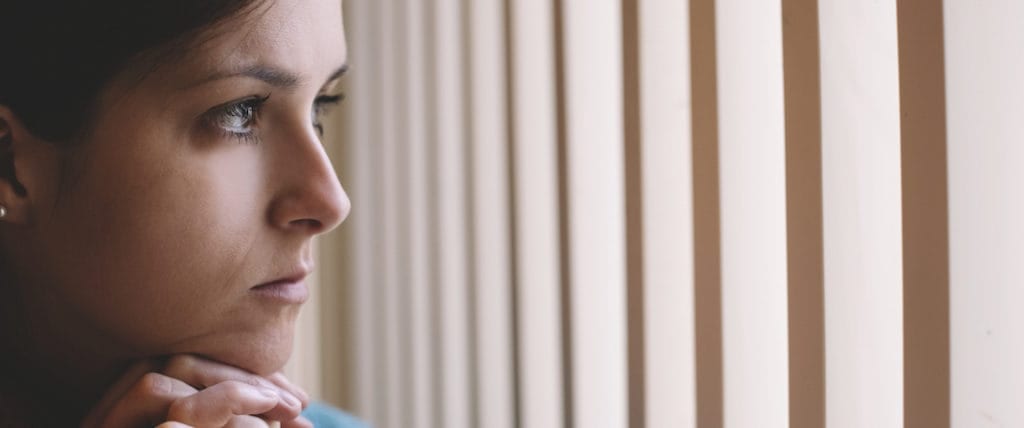I’m approaching what I call my one-year “cardio-versary.” On June 12, 2014, I experienced the cumulative effects of stress on my cardiac muscle, which led to a fully occluded artery. I joined the more than 43 million women affected by heart disease each year. Like many, I ignored my symptoms, which had been accruing for years. They were numerous and repetitive. By the time the heart attack occurred, the dam had been built, and hardly any water could flow through. When I look back at the previous 24 months, I realize I’d attributed many signs to menopause — lightheadedness, nausea, sleeplessness, resulting fatigue, palpitations and slight anxiety, to which I hadn’t previously been prone.
A Heart Goes Through a Crisis
At the moment of crisis, I experienced what many women do: a downpour of sweat, jaw pain and stiffness. It was accompanied by an intense heartburn. Because my workaholic tendencies can lead to a stubborn need for independence, I delayed entry into the emergency room. I drove myself there nearly an hour after experiencing the initial symptoms. Fortunately, my heart sustained no residual damage. In the before-and-after pictures the surgeon showed me, the artery he worked on looked like a broken tree branch. Today, the stent holding that artery up is doing its job well. Looking back, I see how far I’ve come in my physical, psychological, and spiritual recovery. I’d been sleepwalking through my days, and this wake-up call made me recognize the changes that had to take place to bring me to this moment. The last time I visited my cardiologist was in March. Before I left the office, he gave me a copy of my lab report and drew a smiley face on it, telling me I was his star patient because I’d followed the protocol so well. His instructions had included nutritional and fitness alterations, with frequent gym visits, walking, dancing, swimming, stress reduction, and napping as needed. On my cardio-versary, I’m allowed to stop taking one of the medications.
A Heart Goes Through a Change
Changing my behavior after the crisis was challenging, but not as hard as my internal change of heart: I first had to acknowledge that workaholism is an addiction for me, albeit one that’s societally acceptable — even encouraged. Recognizing this was the first step to my dealing with the problem, much like an alcoholic would admit that his or her addiction had made life unmanageable. I’d deluded myself into thinking I had it all under control. The next step was recognizing that I’m not invincible: I have human limits that can’t be breached without consequence. It also took a searching and fearless inventory of the relationships, attitudes and behaviors that were wearing me down. I now do things out of genuine desire and choice, not obligation. Initially I feared that people would be offended and distance themselves from me. On the contrary, my relationships have deepened because they’re authentic, not rooted in my attempts to avoid loss and disapproval. I’ve also decided how I want to invest each moment, not knowing how many will follow. That isn’t a morbid or maudlin statement: It’s based on mindfulness.
A Heart’s Journey Continues
One aspect of the journey that has puzzled me is how to maintain good cardiac health without feeling like a patient. Some people in my situation are driven by a desire to prevent another crisis. My motivation remains having a full, rich and active life rather than being limited by the condition. As I’ve weaned away from supervised cardiac rehab, I admit to having some fear. I’m “off the tether” now, though I occasionally check in with the therapists to make sure I’m still on track with my wellness regimen. They assure me that I’m continuing to progress. I had decided from the outset that I wasn’t going to let the heart attack go to waste. As I celebrate what I think of as my “re-birthday,” I express gratitude for a second chance at a life — one that has me expanding my heart in all directions.

